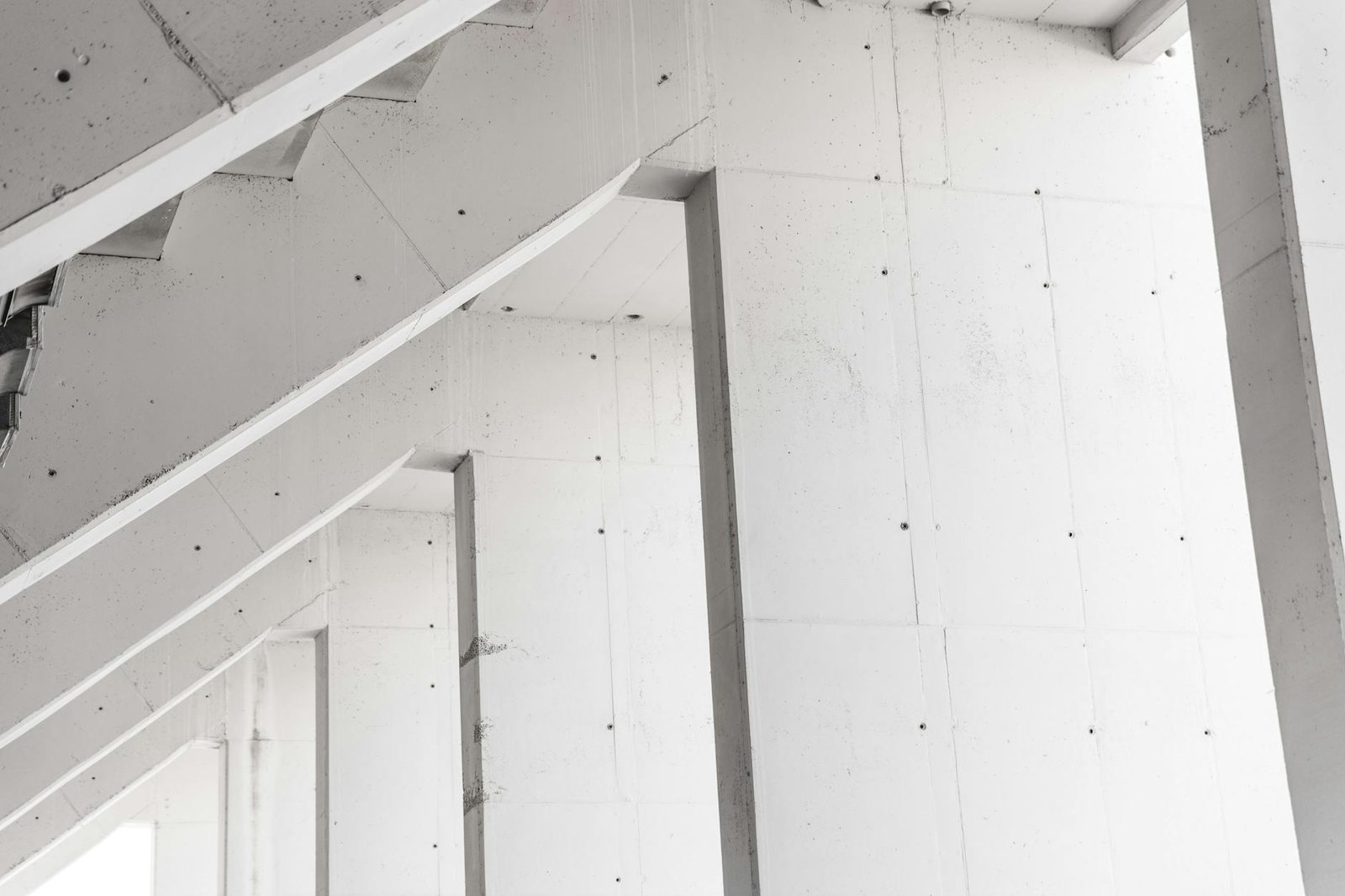Understanding Concrete Sieving
Sieving concrete is an integral process in the construction industry. It ensures that the concrete mix is free from unwanted particles, providing a smoother and stronger finish.
The method involves the use of a sieve to separate coarse aggregates from finer particles. This achieves a uniform consistency, crucial for the concrete’s strength and durability.
In practical terms, sieving impacts the construction project’s overall quality. Without sieving, the mixture might contain uneven lumps that can significantly compromise the structure’s stability. Thus, contractors consider it a vital step in construction processes.
Table of Contents

the Role of a Sieve in Construction
In the construction world, many terms may not be familiar to those outside of the industry. One such term is ‘sieve.’ This article will explain what a sieve is, its relevance in construction, and highlight various types and uses for sieves within the industry.
Defining a Sieve
Professional Merriam-Webster dictionary describes a sieve as a device with meshes or perforations through which finer particles of a mixture (such as sand or gravel) are removed. Broadly, sieves are used in construction for the purpose of segregating and sorting out materials based on their sizes.
Importance of Sieves in Construction
In the construction industry, the sieve holds an integral role in the preliminary stages of various processes.
Material Segregation and Sorting
Sieves are commonly used to sort materials like aggregate for concrete and asphalt. It allows construction workers to attain uniformity in mixtures, ensuring the structures’ stability and durability.
Soil Analysis
On construction sites, sieves are often used to analyze soil composition. This analysis helps determine the soil’s suitability for specific construction processes.
Quality Assurance
Sieves are used in quality control procedures to ascertain the quality of materials used in construction. They help remove impurities and unwanted particles, ensuring only high-quality materials are used in projects.
Variety of Sieves Used in Construction
There are various types of sieves used in construction; their use depends on the specific requirement of the construction process. Here are some commonly used sieves:
- Manual Sieves: These are hand-operated and come in various mesh sizes.
- Motorized Sieves: Used for larger-scale operations, they are powered by a motor for faster sieving.
- Wet Wash Sieves: These sieves are used specifically for materials that need to be washed while sieving.
- Air Jet Sieves: These sieves use an air jet rather than mechanical force to move particles through the sieve.
The importance of a sieve in construction is undisputed. Its contributions to material segregation, sorting, soil analysis, and quality assurance are invaluable for maintaining the quality and integrity of construction projects.
A great variety of sieves makes it possible to select the best type for any specific requirement, further contributing to the efficiency and excellence of the construction process.

Sieve Analysis in Concrete Construction
Picking up from where the previous discussion left off, let’s further explore how sieves are used, particularly in analyzing concrete – a process known as sieve analysis.
This procedure is paramount in revealing the particle size distribution of the aggregate, which is a vital factor that impacts the workability, strength and durability of concrete.
What is Sieve Analysis?
Sieve analysis, as stated by ScienceDirect, involver directing a sample of aggregate material through a series of progressively smaller sieves, and then evaluating the amount of material removed by each one. The goal of sieve analysis is to determine the distribution of aggregate particle sizes within a given sample. This information can help optimize the properties of concrete mixing and placement processes.
Steps Involved in Sieve Analysis
Conducting a sieve analysis typically involves the following key steps:
- Selecting and preparing the sieves for use.
- Selecting a representative sample of aggregate material.
- Separating the aggregate sample through the sieve stack.
- Weighing the retained material on each sieve.
- Calculating the percentage of material retained and passing through each sieve.
The Importance of Sieve Analysis of Concrete
Understanding the distribution of aggregate sizes through sieve analysis can provide several critical insights:
Workability of Concrete
Workability essentially refers to how easily the concrete can be placed, compacted and finished. If the aggregate used in concrete is irregularly graded (too much coarse or fine), it could affect the concrete’s workability.
Strength of Concrete
Aggregates give concrete its strength. The size distribution of the aggregates can determine the density and, consequently, the strength of the concrete. Therefore, the choice of aggregate and its grading have a significant impact on the concrete’s final strength.
Durability of Concrete
Well-graded aggregates (a good mix of all sizes) in concrete lead to fewer voids, which, in turn, reduce the chances of saturation and frost action, thereby ensuring the durability of the concrete.
The use of sieves transcends beyond just material segregation and sorting in the construction industry, particularly with regards to concrete construction. Sieve analysis offers vital insights into the workability, strength and durability of concrete.
Therefore, this procedure is essential to the success and longevity of any construction project involving the use of concrete.

The Sieve Method
To further understand the concept and usage of sieves in construction, let’s delve deeper into a specific technique known as the sieve method, also associated with sieve analysis.
What is The Sieve Method?
Going beyond industry jargon, the sieve method — a process studied in depth by SAGE Journal — is a technique that involves using a selection of sieves with varying hole sizes to divide a sample into fractions based on preset size boundaries.
It’s used primarily for determining the particle size distribution of an aggregate sample, similar to the aforementioned sieve analysis.
Implementing the Sieve Method
Using the sieve method is relatively simple yet scientific. Here’s a general step-by-step guide:
- Arrange the sieves from the one with the largest hole size at the top to the smallest at the bottom.
- Place a sample of the aggregate on the top sieve.
- Shake the sieves, either manually or via a sieving machine, for a specified period.
- After the shaking is complete, the material retained on each sieve is weighed.
- Finally, analyze data to determine the particle size distribution of the sample.
Applications of the Sieve Method
Like sieve analysis, the sieve method finds its applications in several areas of construction and beyond:
Aggregate Grading
To realize optimal strength and workability of materials such as concrete, the aggregate used must be well-graded. The sieve method enables the categorization of aggregates according to size, facilitating the usage of well-graded aggregates in construction projects.
Soil Classification
The method also aids in soil classification. By understanding the size and distribution of particles in a soil sample, construction professionals can make informed decisions about the suitability of a site for construction or identify necessary modifications to the soil.
Quality Control
Comparable to its role in sieve analysis, the sieve method plays a crucial part in quality control processes. By determining particle size distribution, the method helps assure that only aggregates of acceptable quality are used in specific processes.

Summing It Up On Concrete Sieving
The sieve method is a vital aspect of construction that underscores the importance of sieves in the industry.
Its ability to determine and sort particle sizes supports aggregate grading, soil classification, and stringent quality control processes. By understanding and efficiently using the sieve method, construction professionals can significantly enhance the quality and longevity of their projects.
Through our journey into the world of construction, we’ve found that sieves play a vital role in the industry. From our perspective, their relevance stretches beyond mere dust removal, venturing into critical areas like soil analysis and quality assurance.
In our experience, sieves, irrespective of their types – be it manual, motorized, wet wash, or air jet – aid in maintaining uniformity in construction materials. They provide indispensable assistance in finding the right composition for maximum durability and stability of structures.
To sum up, sieves are the unsung heroes in construction, making significant contributions towards ensuring the quality and integrity of projects. Their variety further enhances the versatility and functionality of this humble tool, allowing it to meet any specific construction requirement with utmost efficiency.






